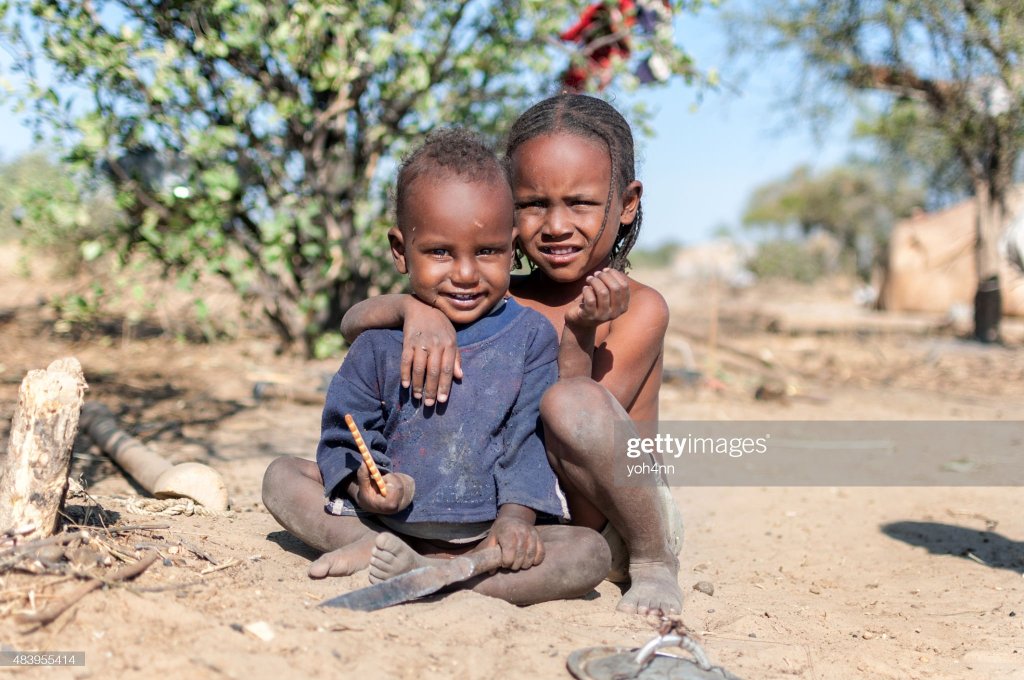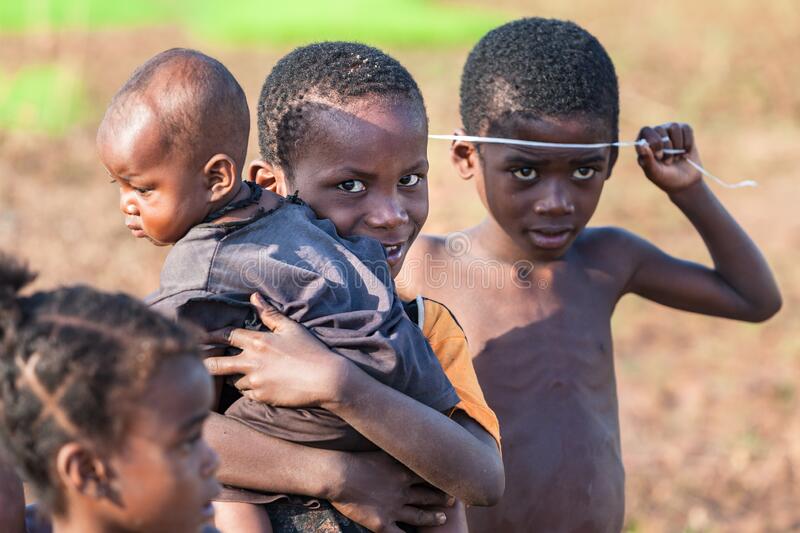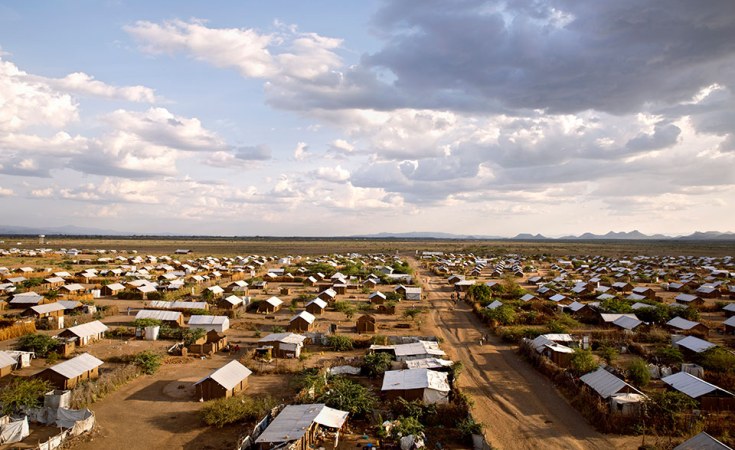Art In Tanzania Intern Soohyun Won
Human Rights Advocacy internship with Art in Tanzania
Due to its unstable situation, Africa, where a condition of the influx of refugees occurs frequently, continues to have problems with migration. The recurrence of refugees coming into the nations of this continent causes social confusion that spreads to transnational issues, thereby resulting in conflicts with other countries.
However, some countries do not view refugee issues negatively. Ethiopia, for one, has refined its policy towards embracing refugees and developing its society through refugee acceptance instead of opposing it.
In 2019, the Ethiopian government in East Africa decided to provide educational opportunities to all refugees staying in refugee camps and allowed them to perform economic and financial activities. It drew attention worldwide as it was a contrasting approach to the solid anti-refugee policies of developed Western countries due to socio-economic burdens.
On January 20, 2019, local African media, African Daily Voice, reported that “the Ethiopian government has opened its doors to the opportunity to serve as a full member of society for up to 1 million refugees in its country. Ethiopia’s parliament passed a new refugee law on January 17 2019, allowing refugees to get a job, open a bank account, attend elementary education, obtain a driver’s license, and register documents for birth, marriage, and death reports.
As of August 2018, 905,831 refugees are staying in Ethiopia. It is the second largest in Africa after Uganda (having a population of about 1.19 million). Most refugees came from South Sudan, Sudan, Somalia and Eritrea, bordering Ethiopia, and flocked to relatively stable Ethiopia to avoid decades of ethnic conflict, civil war, climate change and drought.
Currently, there are 26 refugee camps in Ethiopia alone. In addition, Ethiopia opened a large refugee camp near the border, accommodating 85,000 refugees even when massive bloodshed broke out in South Sudan in 2016.
The Ethiopian government expects refugees to speed industrialization and economic development by partially solving the sluggish domestic economy and workforce shortage. It must also be noted that about 40% of refugees staying in Ethiopia are aged 18 to 60 years old, meaning people who can perform economic activities. In other words, they have changed the idea of allowing their economic activities to grow into “future human resources” rather than “existence that eats away at taxes.”
On the day the refugee law was passed, Abebe Abebayehu, chairman of the Ethiopian Investment Committee, said, “The new refugee law will create various jobs and have a positive impact on the national economy,” adding, “It will be a great opportunity for the Ethiopian people.” The government announced its plan to invest 500 million dollars to create 100,000 jobs and provide 30 per cent to refugees.
The U.N. refugee agency and others praised that “Africa’s most progressive refugee policy has been born.” “Providing education and the right to work is not just for refugees, but for the entire community,” said Dana Hughes, a spokesman for the U.N. refugee agency East Africa. Norwegian refugee relief activist Stine Paws also told Reuters, “It is completely different from some Western countries turning a blind eye to refugees and implementing xenophobic policies.”
On the other hand, there are countries where protection laws for refugees are not adequately established, and unfortunately, these countries form the vast majority. Tanzania can be one example of these countries. Tanzania and Ethiopia signed the 1951 Convention on Refugee Status and the 1967 Protocol. Both countries have laws and policies stipulating refugees’ acceptance, protection, and support. Tanzania and Ethiopia’s refugee policies are based on non-supplementation, meaning no one will be repatriated to a country that can suffer persecution or severe damage. The two countries also focus on providing refugees with basic needs such as shelter, food, medical care, and educational and training opportunities.
However, Tanzania has faced difficulties in implementing refugee policies. Tanzania forcibly deported about 25,000 Burundi refugees from its country in 2013, according to the UNHCR. In 1993, a civil war in Burundi caused more than one million refugees, with the majority flowing into Tanzania.
Since the end of the Burundi Civil War in 2006, most Burundi refugees have returned home, but some have stayed in Tanzania. However, it is confirmed that the policy of deporting Burundi refugees without any measures such as drinking water and accommodation and forcibly deporting Burundi refugees continued until 2018. In addition, Tanzania has also accelerated its move to forcibly evict refugees from Rwanda and the Democratic Republic of the Congo, which long-standing conflicts with the Victorian lake countries have caused. In other words, Tanzania’s decision to stop accepting refugees is contrary to the legal framework established by the nation itself and thus has faced criticism from the international community.
It is difficult to request or impose greater responsibility because accepting refugees is difficult for the country. However, as Tanzania shares its commitment to protecting and supporting refugees by international law and standards, the nation hopes to guarantee minimum refugee human rights, even if it does not become a model country for refugee law like Ethiopia.




